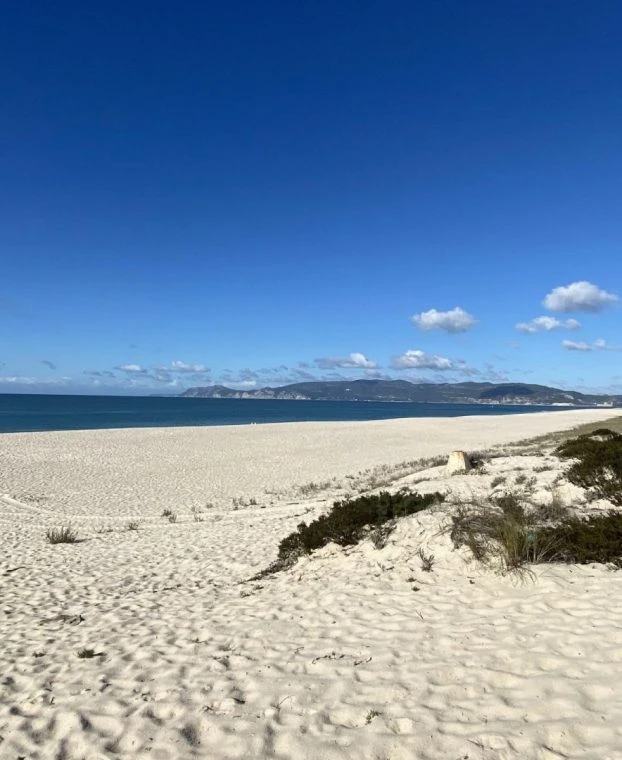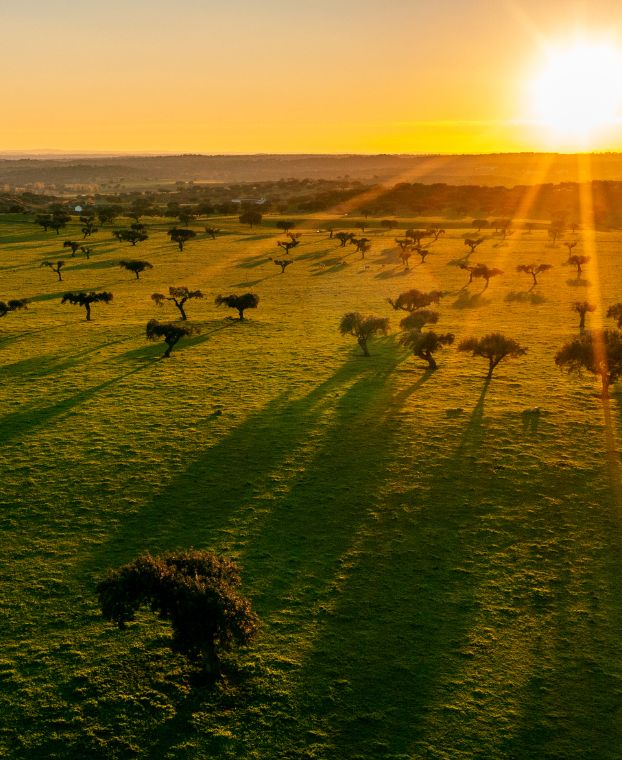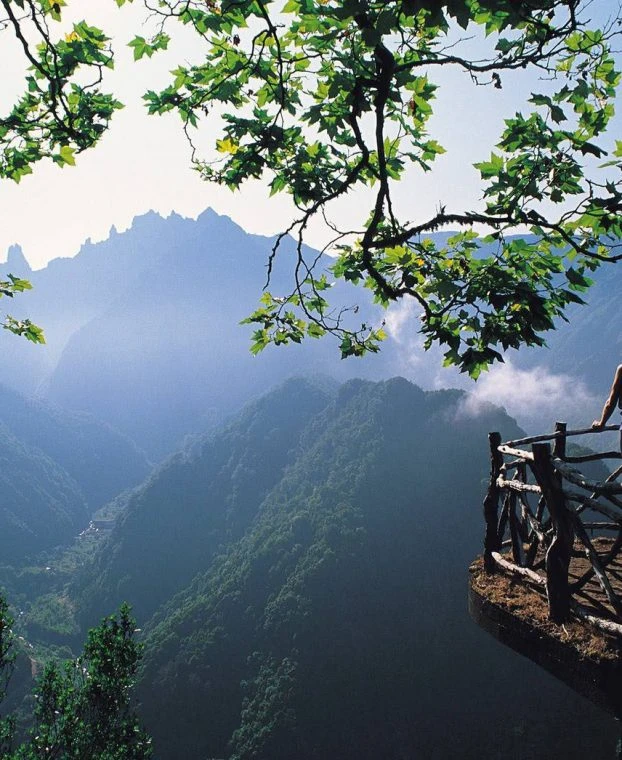Lisbon Coast – forget what you’ve already seen
Trendy Lisbon is the oldest city in Western Europe.
Boasting a superb setting, the Portuguese capital is built on seven hills, sprawling along the right bank of the Tagus estuary, and looking proudly towards the Atlantic Ocean.
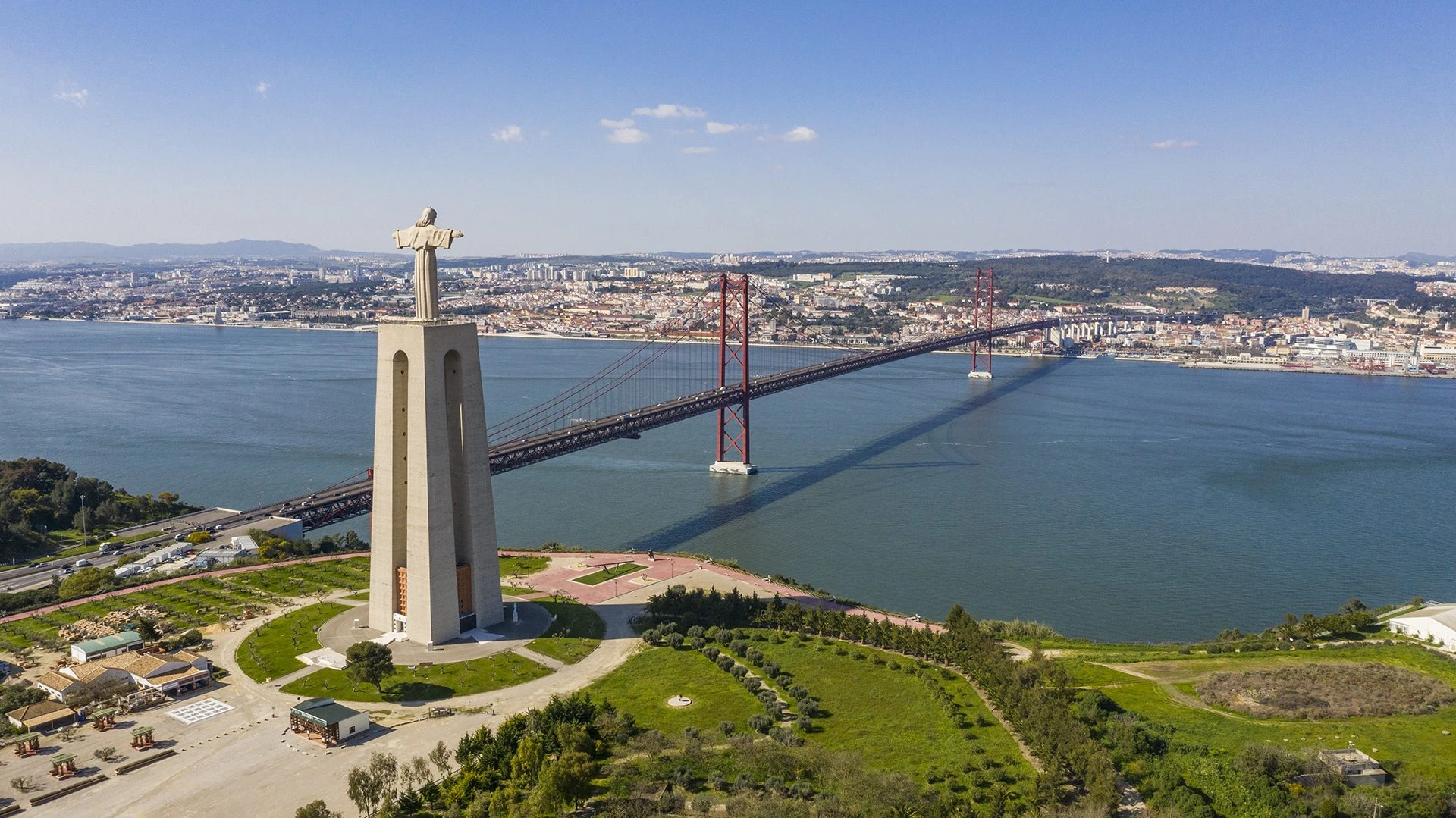
There’s science behind Lisbon’s claim of being basked in a unique and enchanting light: topography, the river, the colors of the buildings, and the number of sunshine hours. With its wandering streets, intricate tile work, and unforgettable colors, it is one of Europe’s most charming cities.
From several well-appointed viewpoints, it is possible to discover amazing sweeping views over the city, facing the river, the castle, and the bridge over the Tagus, known as the San Francisco golden gate bridge’s twin sister.
Culture lovers can explore the city’s past by riding on vintage trams, visiting historic neighborhoods such as labyrinthic Alfama, elegant Baixa or the cultural Chiado, to name but a few.
The city is also home to the most Unesco Heritage Landmarks in the world.
Lisbon is home to Fado, a music genre so integral to the Portuguese experience, that Unesco recognizes it as part of the Intangible Cultural Heritage of Humanity.
Lisbon hosts international notoriety events and is home to an endless cultural heritage, as well as the largest indoor aquarium in Europe, the Oceanarium, which features terrestrial and marine ecosystems of all the oceans.
Romantic Lisbon is at its best on summer evenings, when pavement cafes and riverside restaurants bustle with life. It is on a dessert lovers’ map, with its Pastéis de Nata, loved by both locals and tourists alike for their flaky crust and creamy, sweet egg filling.
The international airport, named Best airport in Europe in 2020, is a mere 15 minutes away from the city center.
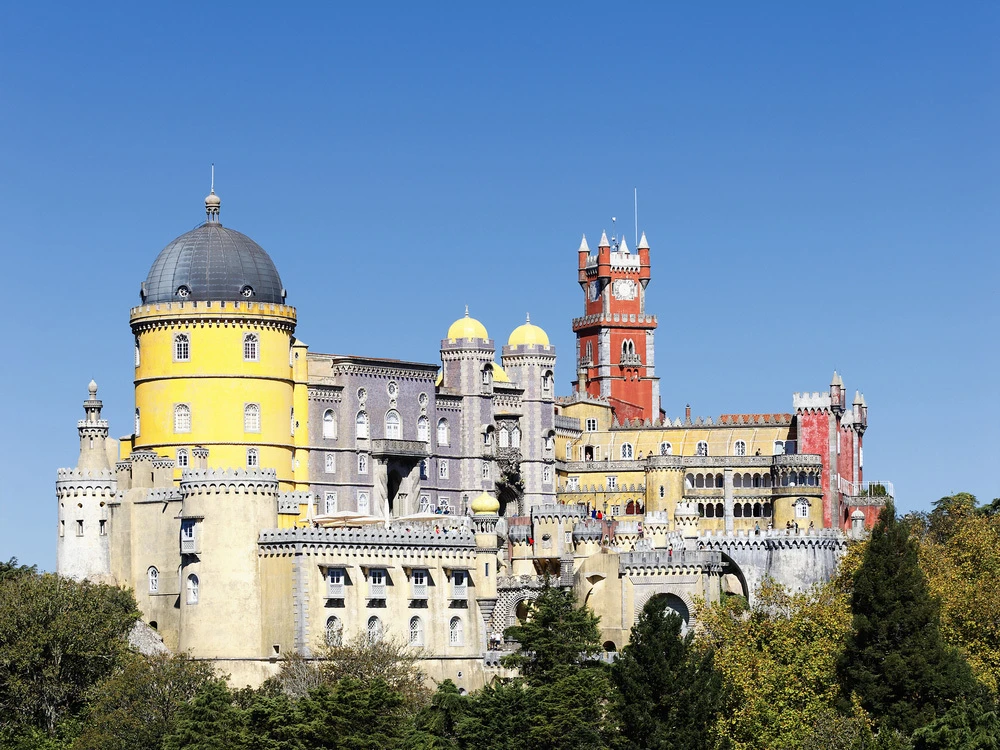
At only a 30-minute drive from Lisbon, you will find the romantic medieval town of Sintra, one of Portugal’s most alluring places. A paradise that had been magnificently set in the most beautiful landscape and was rightly classified as World Heritage.
The finest way to enjoy the exuberant surrounding nature is to take a horse-drawn carriage ride past ancient manor houses before reaching Palácio da Pena at the very top of the hill.
At the end of one of the suburban train lines in the suburbs lies the elegant Cascais. A historic town where once kings and aristocrats lived, and often a refuge for European Royalty in exile, is now home for people who like to live unhurriedly by the sea. Despite its proximity to Lisbon, it still retains much of the charm of its fishing past. Home to a healthy variety of quality fish restaurants, exclusive boutiques, fashionable or traditional hotels, and a world-class marina.
Further along the coast, it’s Praia do Guincho beach, a beautiful yet dangerous beach with a perilously strong undercurrent, where experienced surfers and windsurfers take advantage of the maritime conditions.
A host of fantastic seafood restaurants are a must-go. Along the seafront, towards Lisbon, a promenade dotted with beach bars and exercise points takes you all the way to Estoril with its glitzy casino, once fancied itself as the Portuguese Riviera.

Aroeira is located just 25 minutes from Lisbon. Situated in a protected area with a moderate climate, due to its proximity to the sea, it is suitable for outdoor activities all year round.
Herdade da Aroeira spreads across nearly 865 acres and is the largest residential and golf complex in great Lisbon. The resort features two 18-hole golf courses, a golf school, four tennis courts, and a shopping mall with several shops and terrace restaurants for the satisfaction of visitors and guests.
The property is ring-fenced and security is provided 24/7
Charneca de Caparica, until a few years ago sparsely populated, was closely linked to fishing activities and subsistence agriculture, implanted in small gardens of dune lands.
The activities of its inhabitants were divided between agriculture work and fishing activities, when the sea allowed it.
Urban development has gradually turned it into a different village, with a large permanent population as well as a seasonal one.
Despite the proximity from Lisbon, it never lost its integration with nature. The population, considered young, is friendly and welcoming.
There is a city complex with an adventure park, set in a large green area, ideal for picnics, sports or leisure activities, and a playground for children, which can be glimpsed from the large glass that separates the municipal pool, covered and heated, open for classes or free use.
The municipal market is a foodies heaven: there is the fresher fish, richer vegetables and fruits from the region, as well as butchers, bakeries, flowers and trinkets.
Just a stone’s throw away is Arriba Fossil cliffs offering shaded, pine-scented walks leading to spectacular views overlooking the beach and the ocean.
Heading down the cliff, there is the Fonte da Telha beach, a fishing community known for its golden sand, seafood restaurants, and water sporting activities.
The coastline between Fonte da Telha and Trafaria is home to 28 golden sanded beaches, where you will find a variety of restaurants and beach bars, which through the summer months provide regular live music.
Verdizela is situated only 30 minutes away from Lisbon. Neighboring a protected natural area with a moderate climate due to its proximity to the sea, Verdizela is suitable for outdoor activities all year round. The sports park of Verdizela is set in a forest area, and it has picnic areas, a playground, as well as sports facilities for padel, tennis, volleyball, football, basketball, and more.
Seixal possesses a wide riverfront and has the perfect conditions for nautical recreation and magical sunsets that reflect in the water. Hop aboard a frigate boat from the pier dock and enjoy wildlife watching through a set of sea arms that form small singular river islands and provide visitors with a unique view of Lisbon.
Only at 40 km from Lisbon, based on a limestone massif that falls into the sea, facing the Atlantic, the Arrábida mountain range is a breathtaking destination.
The bluest sea contrasts with the color of the land and the characteristic vegetation, which represents a very relevant botanical grouping. On the south-facing slopes of the Mediterranean maquis, a rare shrub takes on a tree-like appearance. Its preservation was one of the reasons that led Arrábida to be considered a truly scientific, international relic.
Cutting through the mountains, small coves hide secret places…
After all, you don’t have to go around the world to find heavenly beaches: Portinho da Arrábida, Galápos, and Galapinhos look like they’re straight out of a postcard.
Almost opposite, a small islet, Pedra da Anixa, constitutes a zoological reserve due to its underwater vegetation.
Besides breathtaking landscapes, countless viewpoints, the Oceanographic Museum, the convent, castles… the Arrábida Natural Park has a lot more to offer. Sublime for walks and guided tours, it is a favorite for adventure lovers who adore snorkeling, canoeing, caving, trekking, diving, and climbing…Activities that can be organized by accredited companies operating in the region.
Arrábida, once inhabited by Franciscan friars, in small chapels scattered over the mountains and in a convent that still exists, has excellent conditions for pastoralism and agriculture, producing excellent products. Highlights include the wines and Moscatel de Setúbal, the delicious Azeitão cheeses and the Arrábida honey.
Aldeia do Meco is a small rustic village 12 km northwest of Sesimbra, traditionally inhabited by fishermen and farmers. The surrounding gardens still work today as significant suppliers of fruits, vegetables, bread, and cheese to the town of Sesimbra.
Despite maintaining its rural character, Aldeia do Meco stands out for its tourism associated with its beautiful beaches with long stretches of sand, protected by the clay cliffs, and distinguished with the blue flag for their environmental quality.
This tiny village is famous for its seafood restaurants. It is worth visiting the bars which liven up the summer nights. In several restaurants, good fresh fish is served, mainly cooked over charcoal, and where there are also snacks and seafood.
Praia do Meco is a remote beach located within the Serra da Arrabida national park near Sesimbra. It occupies a 4 km stretch of coast to the south of the beaches of Costa da Caparica. Praia do Meco is an unspoiled sweep of golden sand flanked by low-rise cliffs; try to catch one of its mesmerizing sunsets. The Meco beach is the perfect refuge for those who appreciate quietness for being secluded and surrounded by dunes.
Known as the first naturist beach in Portugal, it arouses many passions. The highly windy environment and choppy waters attract wildlife lovers, surfers, paragliders, and fishing lovers.
On the northern end, stunning Lagoa de Albufeira is a postcard-perfect, beach-flanked lagoon known for windsurfing and stand-up paddleboarding.
Ten kilometers away, high up on the massive cliffs above the sea, the impressive Cape Espichel with its lighthouse is a must-see. A narrow trail leads to a place where one can visit dinosaur footprints.
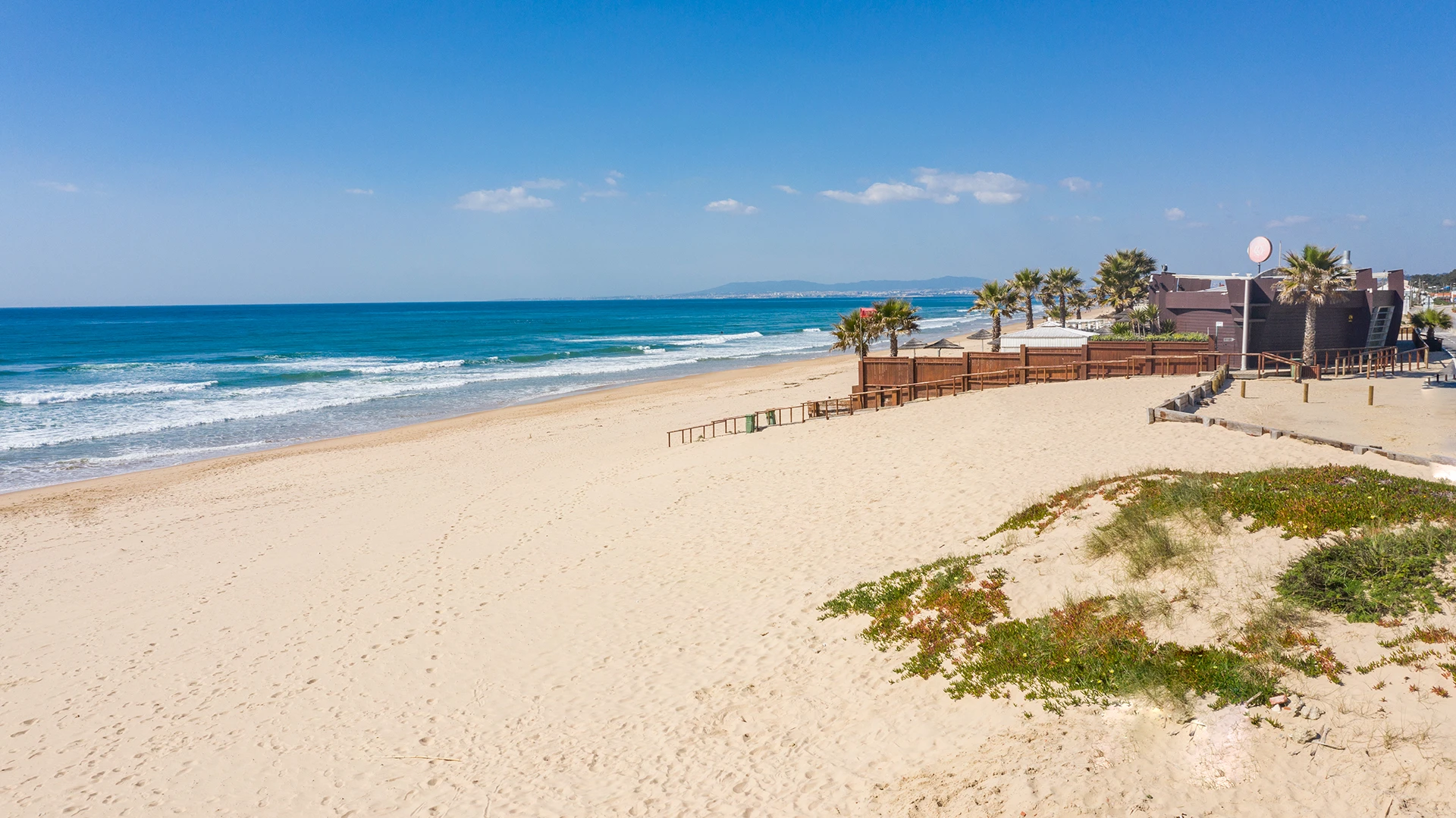
Sesimbra is a fishing port that lies 40 km south of Lisbon. Nestled at the foot of the Arrábida Hills, the picturesque village is protected by the northerly winds.
A curved turquoise sheltered bay, overlooked by a waterfront fort, is home to a sandy beach that splits in two, at high tide, and is calm enough for safe swimming.
The area is a popular summer destination, especially for the people of Lisbon because of its restaurants, whose specialties include top-quality shellfish. The fresh fish is considered to be some of the best in the world;
However, there is much more to enjoy:
- to experience by land or sea: sailing, fishing, boating, scuba diving, canoeing, hiking, biking
- to walk around and enjoy a privileged view over the village or through the marginal main street, day or night
- to conquer the 850-year-old imposing castle that rises on one of the hills
- to contemplate, the most stunning sceneries, in Cabo Espichel, 15 km away, in which through a hiking trail, dinosaur footprints tracks can be visited
- to observe, in Lagoa de Albufeira located on the northern coast, one of the five most important crossing and nesting points of birds in Europe, part of the National Ecological Reserve

 Home
Home Our villas
Our villas About us
About us Services
Services Owners
Owners  Investors
Investors Join us
Join us About Portugal
About Portugal Blog
Blog Contacts
Contacts


